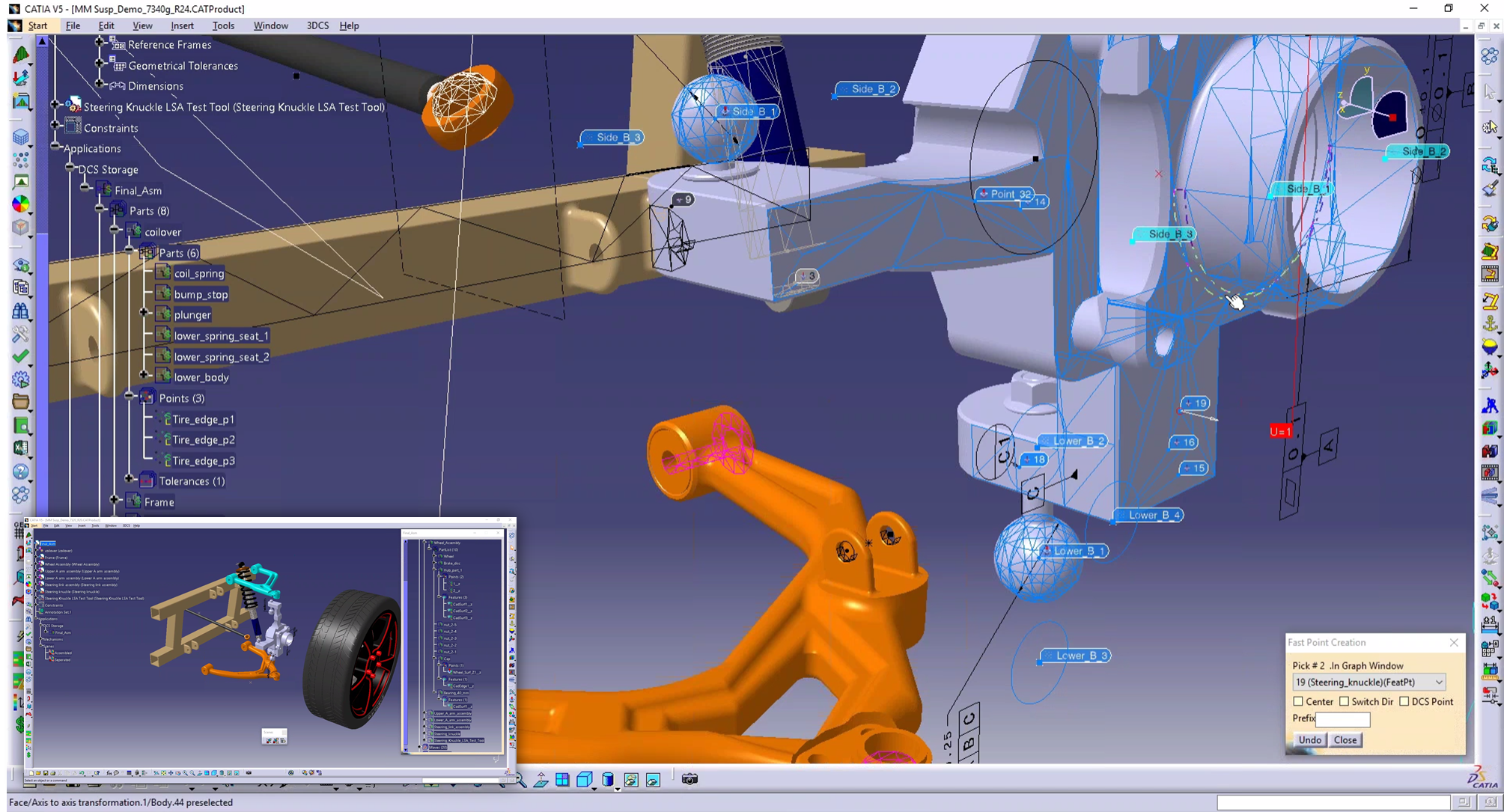
NOTE There is also an import option that appears when importing a CATIA file into VRED. Since CATIA files can have multiple coordinate systems, VRED see these, import them, and create transformation groups with a coordinate cross for a better representation in the viewport. Toggles the import of the Axis Systems from CATIA into VRED. Toggles the import of all part files and sub-assemblies referenced by the assembly file on or off. Imports invisible (hidden) instance data, rather than excluding it. Select the Distance along direction option, then select the yz plane from. Imports data associated with your meshes, rather than excluding it. Set the Reference Point to be the origin of the axis system at the end of the curve. For some Inventor workflows, you may want this enabled to create these MaterialGroup nodes. File Specific Import Group Materialsĭoesn't create additional MaterialGroup nodes for part files, assemblies, or instances, and simple discards the materials, when disabled. You would want to avoid this, for example, for animating wheels on a moving car. In other words, if you have a hierarchy of transformation parent nodes of a geometry node, all of them are baked into one single matrix within the geometry the original information is lost. Stores the transformation data within objects themselves rather than in higher-level group nodes. Shared node instances, used to save system memory, are removed so that nodes exist independently. Otherwise, the objects are all placed under the same parent node. Items that are originally organized in layers (for example, in Autodesk Alias) are organized into groups. Merges the geometries to create one single (stitched) mesh, since a single shell can have many NURBS surfaces. Unify Surface NormalsĮnsures all surface normals point in the same direction. Click Absolute Axis System in the tree and select Replace by MB3 3. Keeps NURBS data after tessellation, rather than deleting it. PART: REPLACE: IMPOSSIBLE TO REPLACE AXIS SYSTEM PART: REPLACE: IMPOSSIBLE TO REPLACE AXIS SYSTEM.

Sets the tolerance where two adjacent edges are considered to be touching and where they should be stitched together. Enable StitchingĮnables stitching of adjacent edges. Max Chord Lengthĭefines the maximum edge length of the generated polygons.

Normal Toleranceĭisplays the normal tolerance of adjacent triangles in degrees. Sets the maximum deviation between the NURBS surface and the tessellated surface. Select from Coarse, Low, Medium, High, and Custom. Sets the maximum triangle aberration for tessellation from the b-splines. Select from Import none, Import visible, and Import all.

Imports the type of curve and polygon line data imported into the scene. Imports the type of mesh data imported into the scene. Sets the type of surface data imported into the scene. In the Menu Bar, click Edit > Preferences, then on the left side of the dialog box, select Import > Catia V5.


 0 kommentar(er)
0 kommentar(er)
